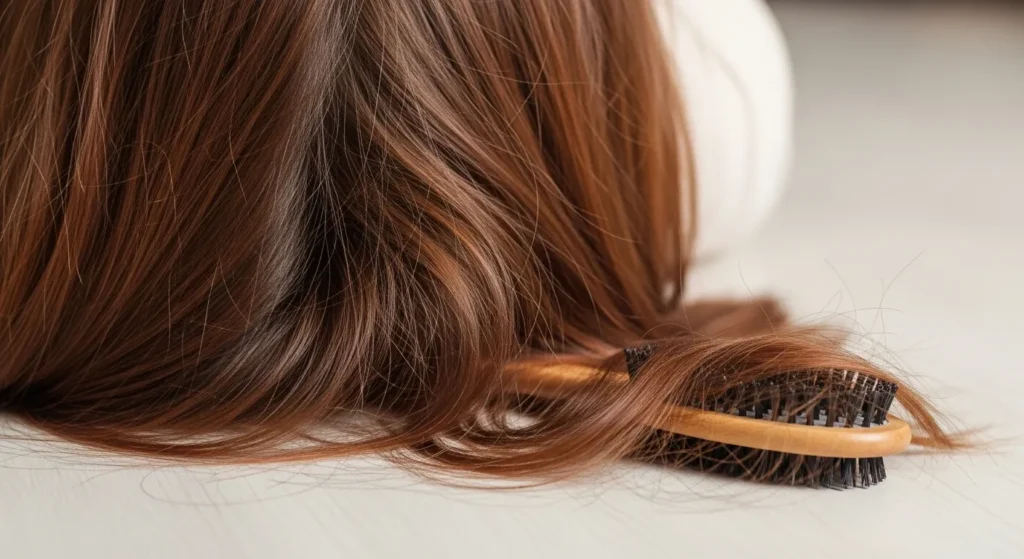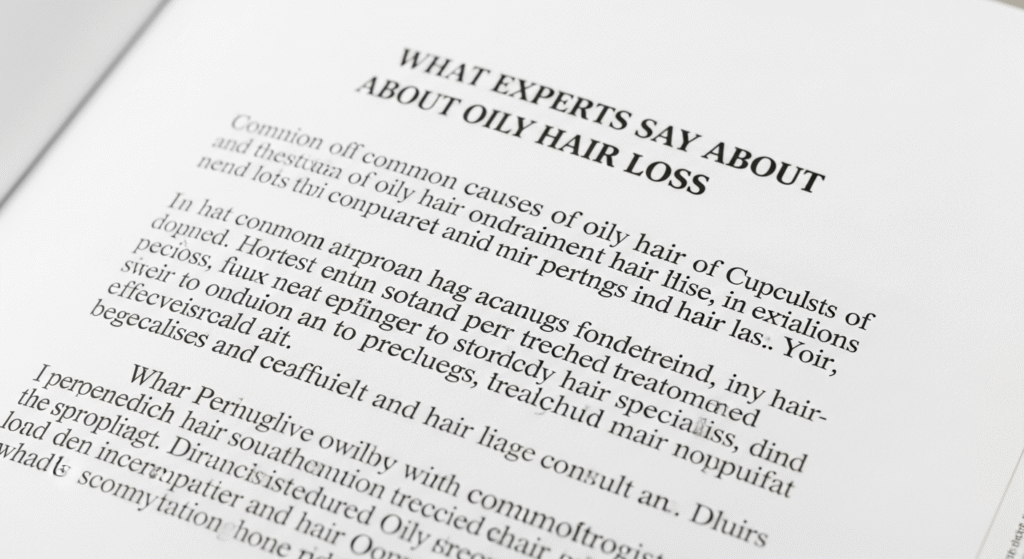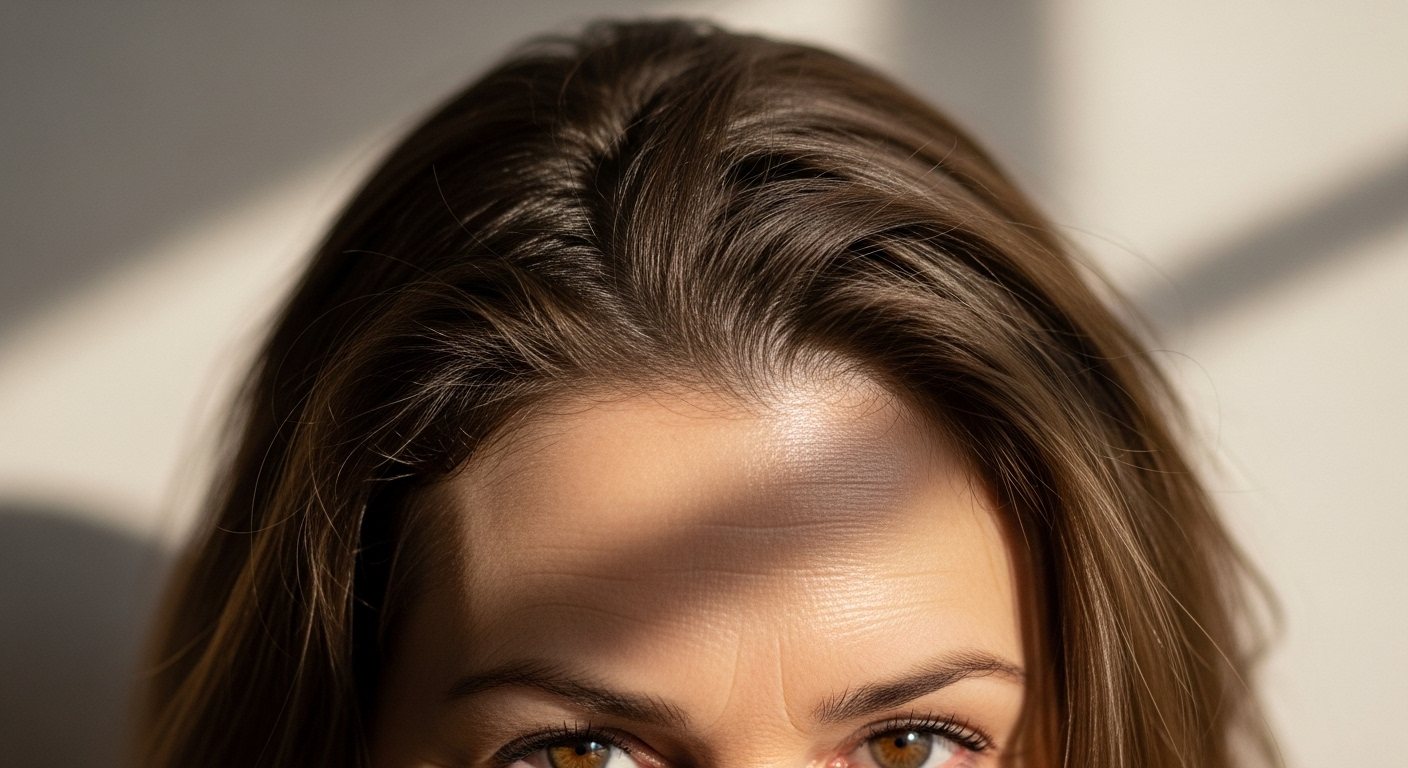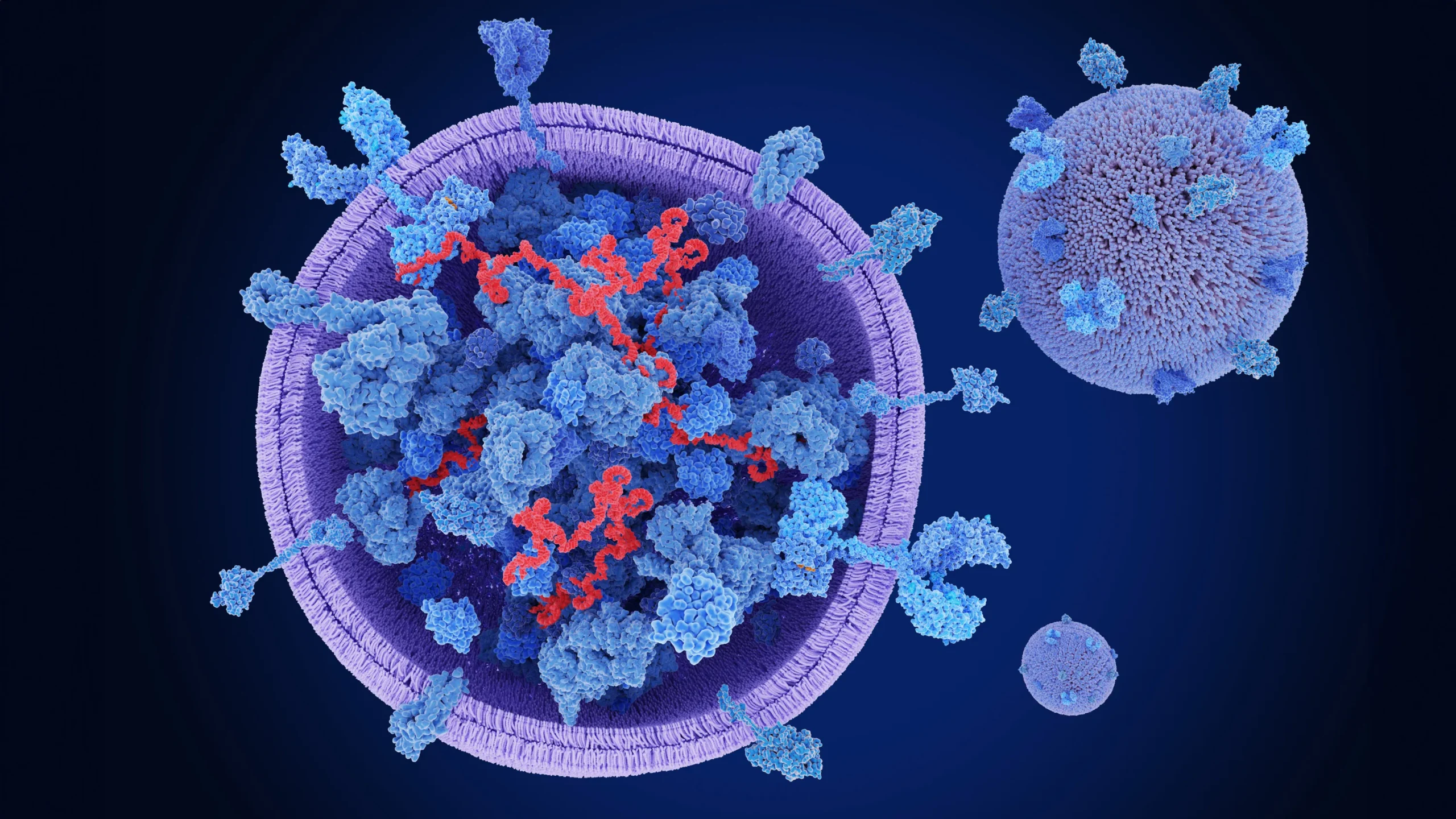Oily hair loss can be confusing. You’re washing your hair often, yet your scalp stays greasy and hair looks thinner. This article explores how excess oil clogs follicles, weakens hair roots, and contributes to hair loss. You'll learn about causes, signs, and expert-approved treatment options to manage oily hair and promote regrowth — all in …
Oily hair loss can be confusing. You’re washing your hair often, yet your scalp stays greasy and hair looks thinner. This article explores how excess oil clogs follicles, weakens hair roots, and contributes to hair loss.
You’ll learn about causes, signs, and expert-approved treatment options to manage oily hair and promote regrowth — all in a medically accurate and easy-to-follow format.

Signs of Oily Hair Loss You Shouldn’t Ignore
Not all hair fall is due to oil. But certain signs point specifically to oily scalp-related loss:
- Greasy flakes or scalp acne.
- Hair feels greasy even after washing.
- Frequent itching and scalp odor.
- Thin or flat strands with reduced volume.
How Oily Hair Loss Happens

What is an Oily Scalp?
An oily scalp is caused by overactive sebaceous glands that produce too much sebum. While natural oil is vital for hair health, excessive buildup creates a breeding ground for inflammation and bacteria.
Follicle-Clogging Sebum and Hair Loss
Excess sebum traps dirt and dead skin, leading to clogged follicles. This reduces oxygen supply to the roots and disrupts the natural hair growth cycle.
Scalp Conditions Linked to Oily Hair Loss
Common conditions like seborrheic dermatitis, folliculitis, and scalp acne worsen hair shedding. These conditions trigger inflammation, itchiness, and even infections that weaken hair shafts over time.
What Experts Say About Oily Hair Loss
Clinical Research
Clinical studies confirm that oily scalps have a higher risk of follicular miniaturization. This condition shrinks follicles, causing thin, brittle hair.
Gaps in Research
While anecdotal evidence is strong, more peer-reviewed studies are needed on sebum-clearing routines and oily scalp’s role in long-term hair loss.
Signs You’re Experiencing Oily Hair Loss

- Hair feels greasy within 24 hours of washing
- Hair appears thinner or flatter near roots
- Excessive shedding during combing or styling
- Scalp feels itchy, red, or flaky
- Noticeable widening of the part or hairline recession
Effective Treatments for Oily Hair Loss
Clarifying Scalp Shampoos
Use shampoos with ingredients like salicylic acid, zinc pyrithione, or ketoconazole to remove oil buildup and soothe inflammation.
Scalp Exfoliation and Masks
Weekly exfoliation with a scrub or clay mask helps unclog follicles and control oil. Look for products with charcoal or tea tree oil.
Lifestyle Changes
- Avoid oily and spicy foods
- Wash pillowcases regularly
- Use sulfate-free shampoos
- Reduce heat styling
Medical Therapies
Low-level laser therapy (LLLT) and platelet-rich plasma (PRP) injections can help stimulate regrowth by increasing blood flow and reducing inflammation.
Recovery Timeline from Oily Hair Loss
- Month 1: Oil levels normalize, scalp feels cleaner
- Month 2–3: Less hair fall, mild regrowth
- Month 4–6: Noticeable thickening and volume restoration
FAQs
1. Can oily scalp cause permanent hair loss?
No, it’s usually reversible with proper care. Chronic conditions should be reviewed by a dermatologist.
2. How often should I wash oily hair?
Every other day or daily using a gentle, oil-balancing shampoo.
3. Does conditioner worsen oily hair loss?
Only if applied on the scalp. Use it on mid-length to ends.
4. Should I exfoliate my scalp weekly?
Yes, if you have visible oil buildup or clogged pores.
5. When should I seek professional help?
If oiliness persists despite routine care or if hair loss is rapid.
Call to Action
Struggling with greasy scalp and hair thinning? Book a consultation with Dr. Uzma Irfan, an ISHRS-certified surgeon in Islamabad today for a tailored oily scalp recovery plan and expert hair loss treatment. Don’t wait — early intervention matters.






